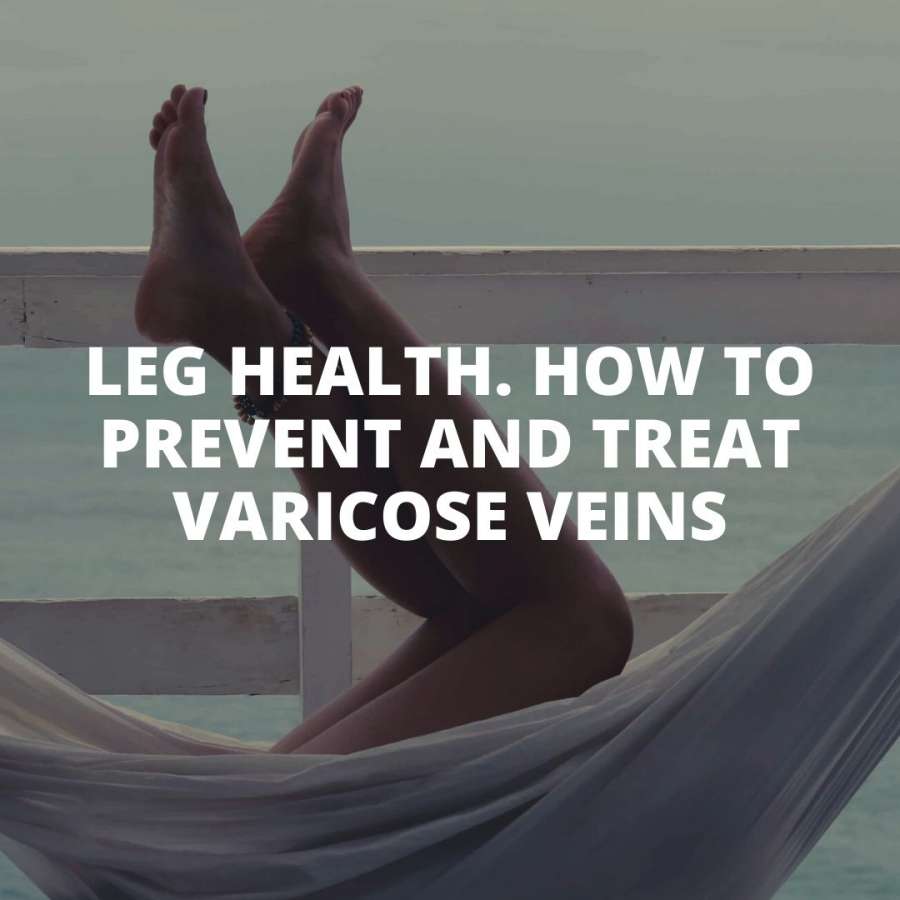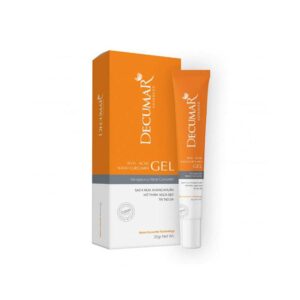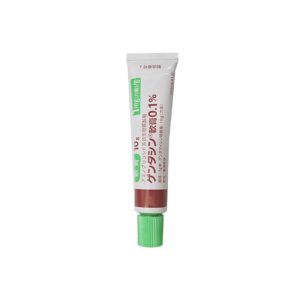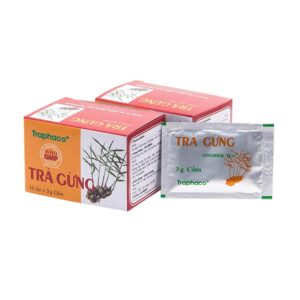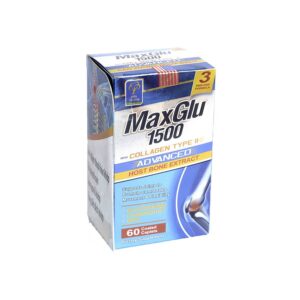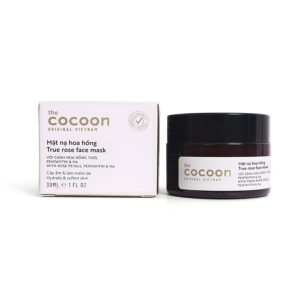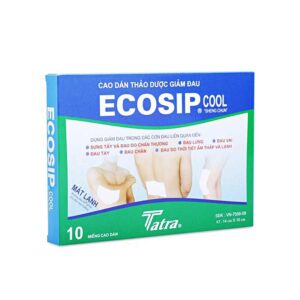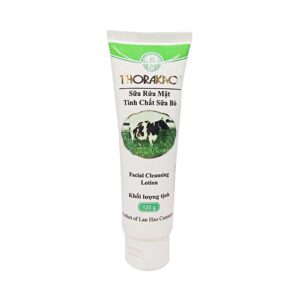Why varicose veins occur, how are they treated and is it possible to do without surgery?
What is varicose veins
Many people have heard of the term “Varicose Veins” – they immediately imagine older people with knotted veins and swelling on their legs. However, the impression that varicose veins of the lower limbs (and this is the correct name) is the destiny of the elderly is wrong. The disease may occur in the young, as well as in middle-aged people. Varicose veins occur more often in women, and it’s not just because of wearing heels!

Interesting Facts
- If you sit all the time, you have a higher risk of varicose veins.
- If you stand all the time, you have a higher risk of varicose veins.
- If you are taller than average, you have a higher risk of varicose veins.
- If you’re a woman and you’ve had multiple pregnancies, then… Guess what? You have a higher risk of varicose veins.
Why does varicose veins occur?
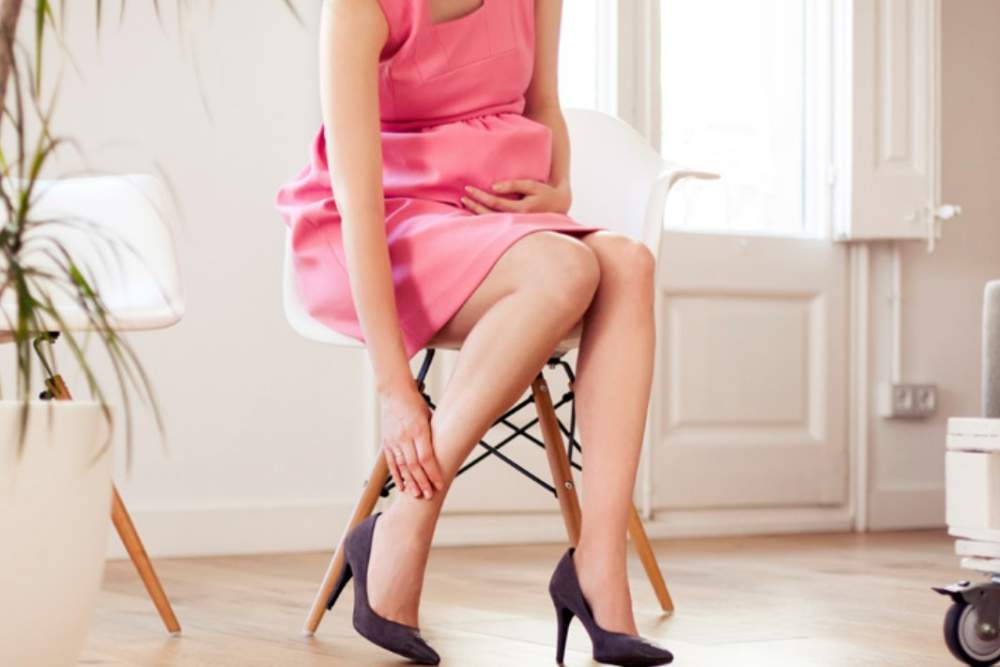
We pay the price for being upright. If we crawled, we might not have varicose veins. The thing is that the heart is located in the upper part of the body, and in order to return the blood from the lower limbs to it, the veins are equipped with special valves, which do not let the blood stay in the legs and gradually raise it to the heart. Violation of this mechanism leads to blood stagnation in the legs, edema, decreased tone of the veins and in the final – to the development of varicose vein disease. We need to move, work, don’t stay in a static position (sitting or standing), then the mechanism of “blood lifting” works, and our legs stay healthy.
Risk factors
Risk factors for varicose veins include heredity, excessive body weight, professions that require being in a certain position (surgeons, cooks, salespeople, office workers, teachers, stewardesses), sedentary lifestyle, pregnancy, wearing heels… In many ways, you could say that varicose veins in the lower extremities are a disease of civilization.
Recognize and take action!
Varicose veins develop gradually: at first there are subtle symptoms that are easy to write off on the day spent on your feet or general fatigue. Of course, there may be days when we literally fall off our feet, and the legs themselves seem very heavy. However, if there are more and more of these days, then this is a reason to go to a specialist and have an additional examination. This may indicate the onset of varicose veins.
So, if you are experiencing the following symptoms in your legs with some regularity:
- heaviness;
- pain;
- “rumbling,” tumescence;
- fatigue;
- swelling;
- cramps.
And if you notice spider veins, tortuosity and swelling of veins, changes in skin color – this is a reason to consult a specialist: phlebologist, therapist, family physician, vascular surgeon.
How can a specialist help?
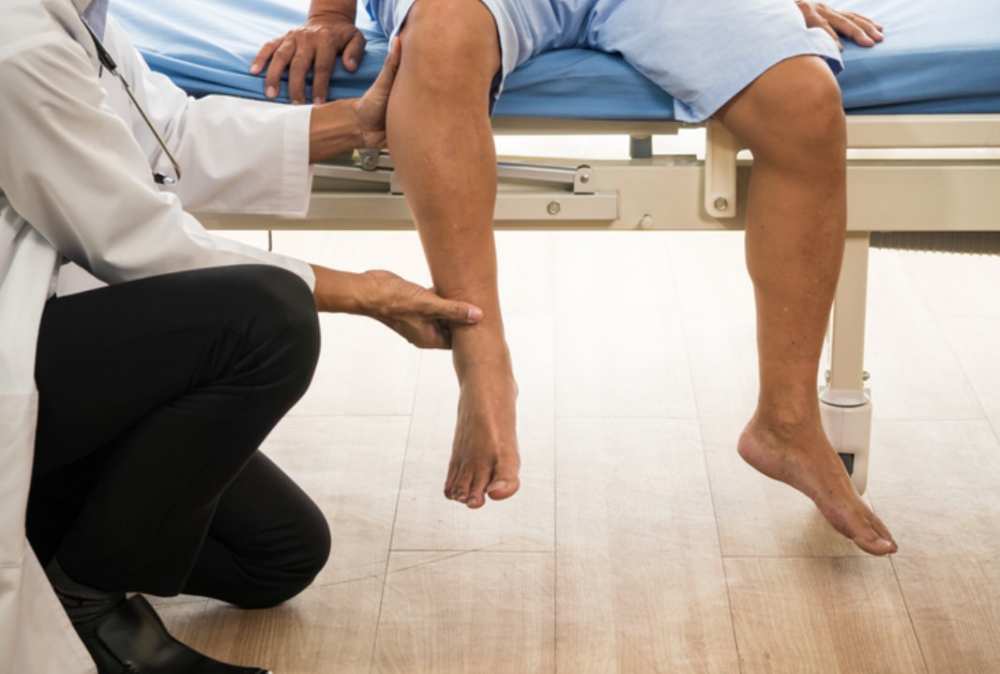
Good news is that timely diagnosis and treatment can help to avoid surgical treatment in many cases.
Results of the examination help the specialist choose an individual approach.
As a rule, it may include recommendations on changing the lifestyle and diet (move more, do sports, change the position of the legs and body regularly during the day, adjust the diet – eat less salt and more fiber, the load on the veins will decrease), and the prescription of drugs – venotonics in the form of gels, ointments or pills for oral administration – as a course of treatment.
Venotonics – helping your veins stay toned

Venotonics are drugs that help to restore the tone of the veins, affecting the walls of blood vessels and preventing the formation of edema, inflammation and blood clots.
As a rule, most venotonics are based on the active substances of plant origin – flavonoids – antioxidants of plant origin. The main function of antioxidants in the body is the fight against free radicals, which provoke cell aging and inflammation, which are the cause of many diseases. Acting topically (in the form of gels and ointments) or internally (pills, capsules), flavonoids help to restore the tone of the veins and fight against varicose veins.
Read more articles:
What you need to know about Tretinoin
3 Unexpected benefits from turmeric cream
5 Wrong Myths About Weight Loss Pills
Functional foods: Definition, benefits and uses

